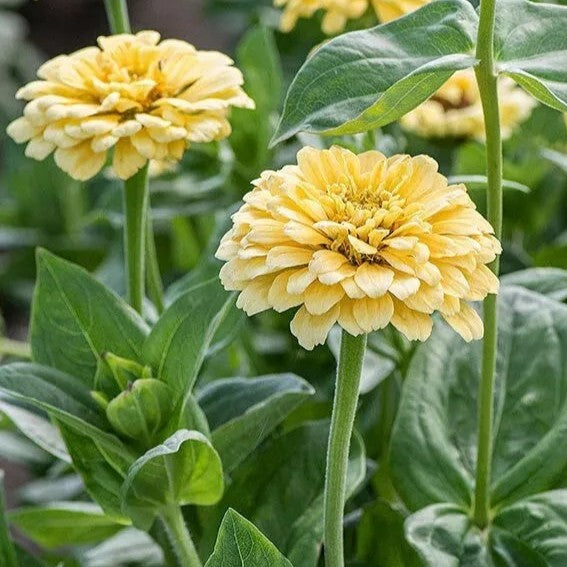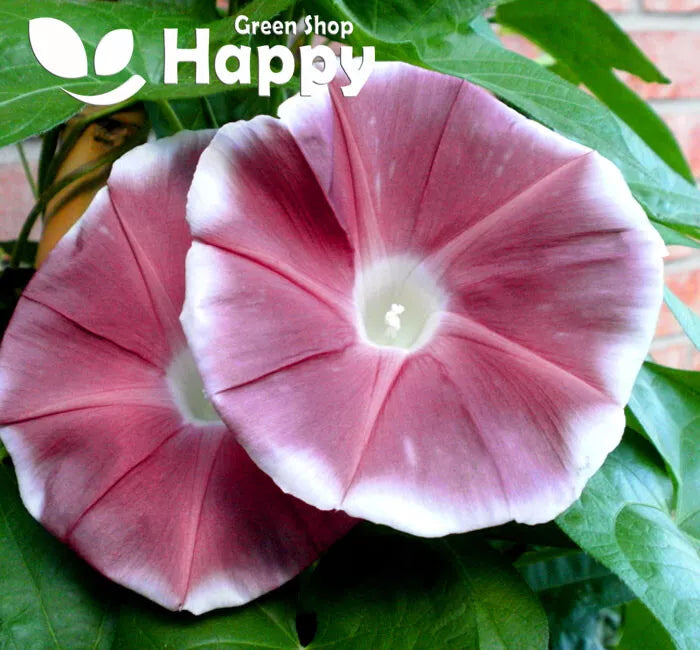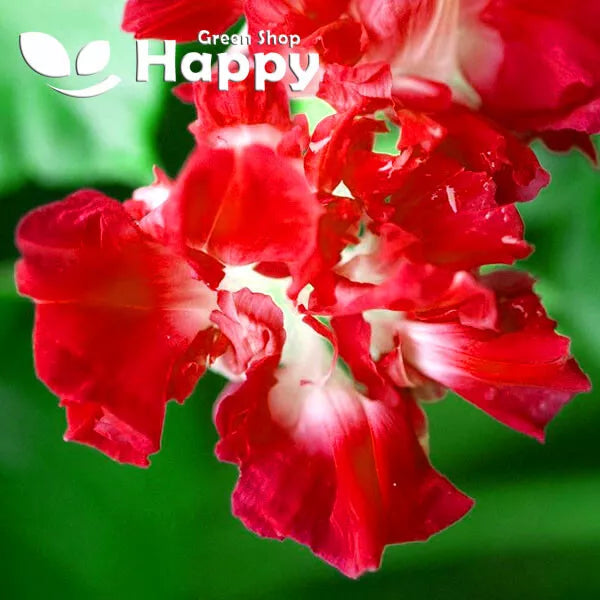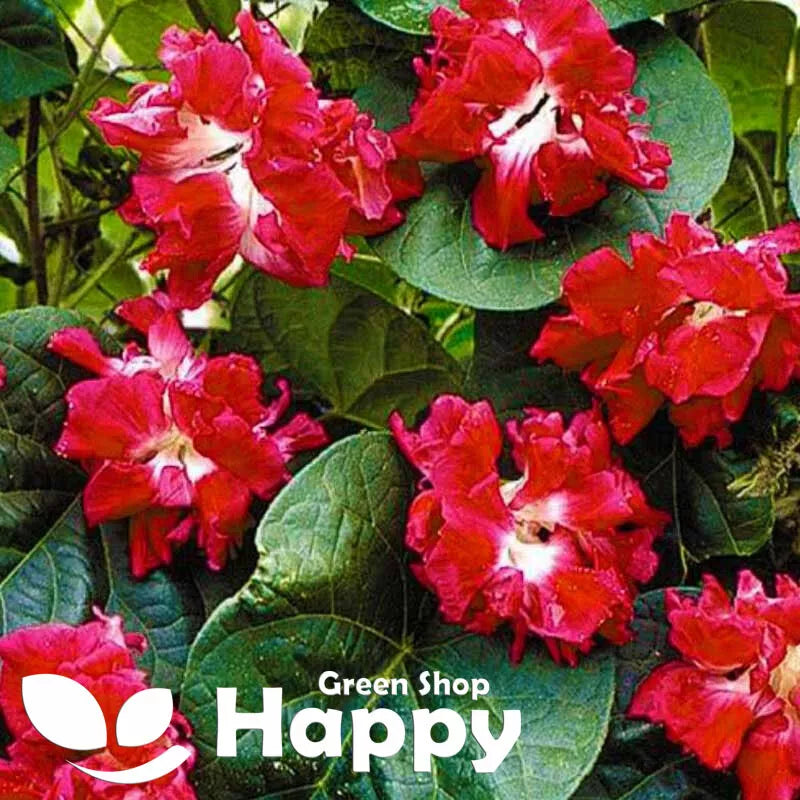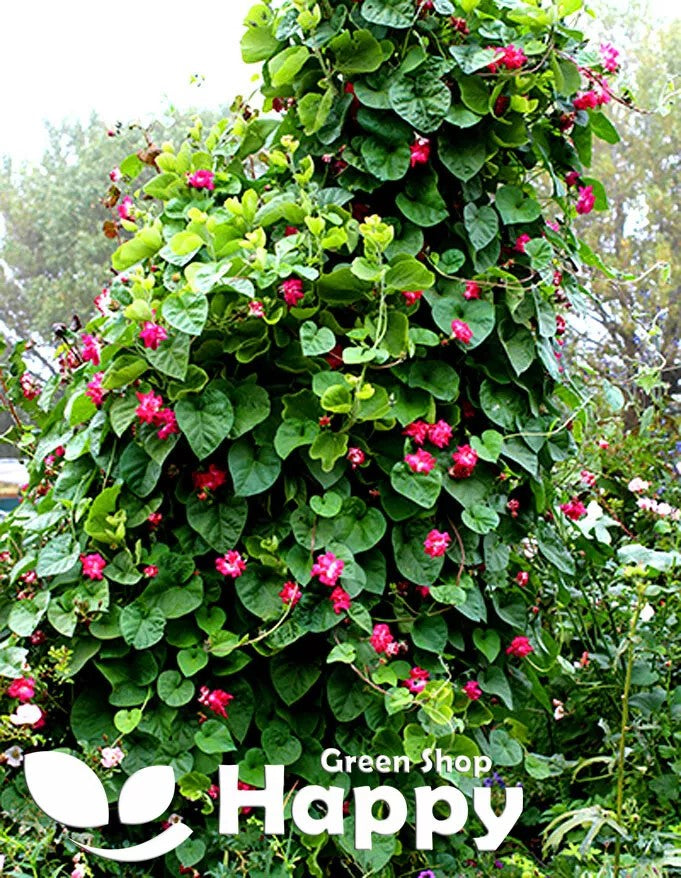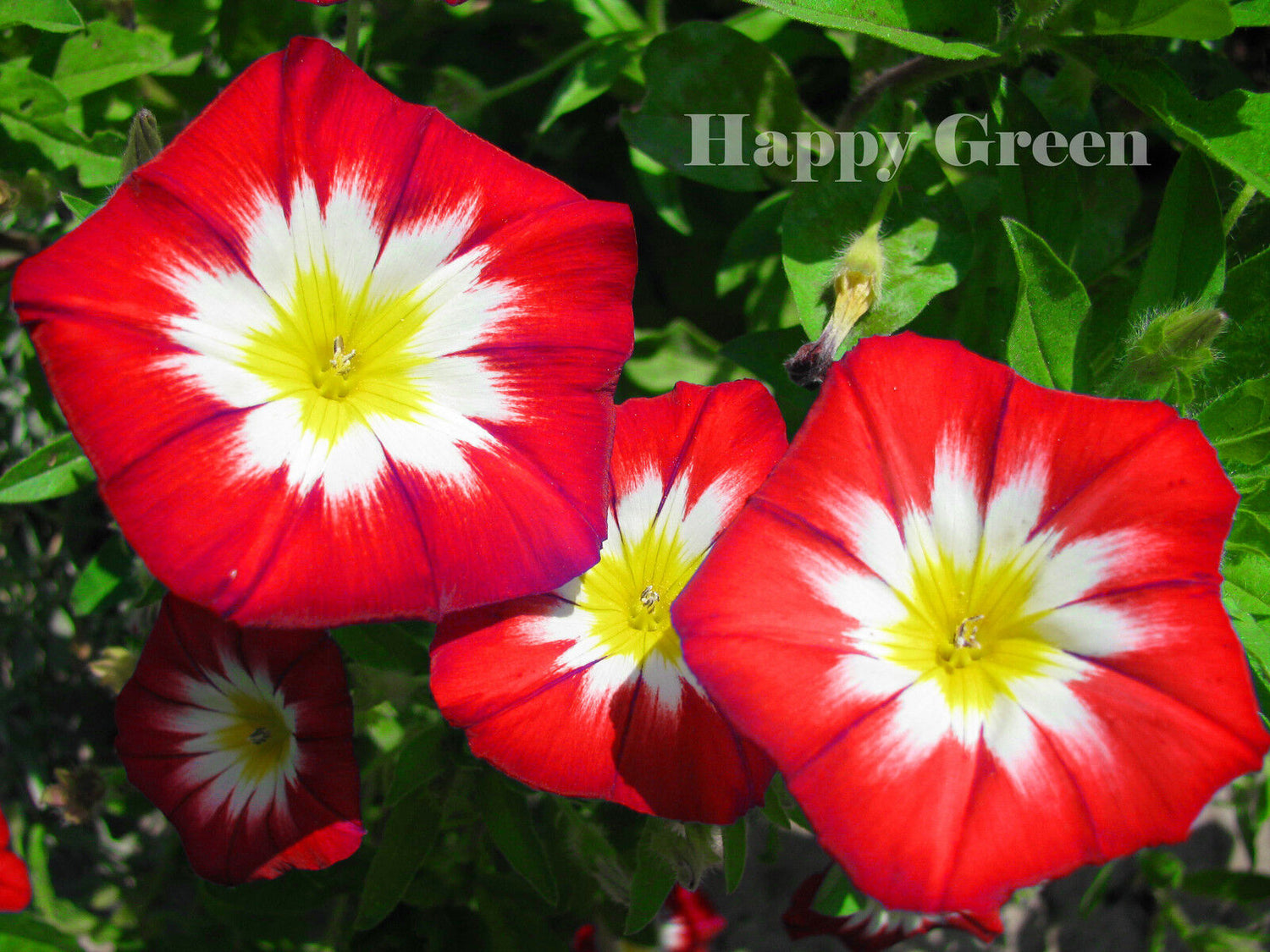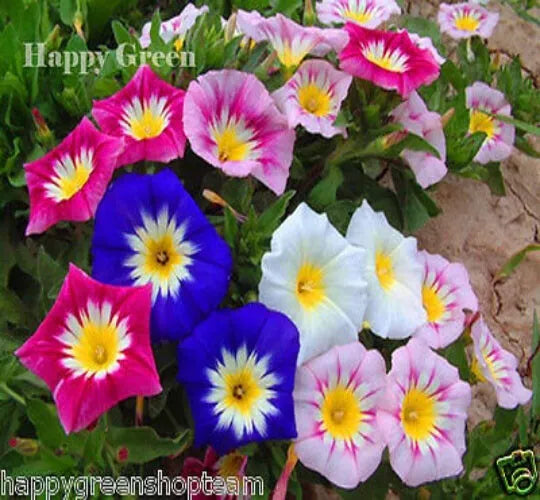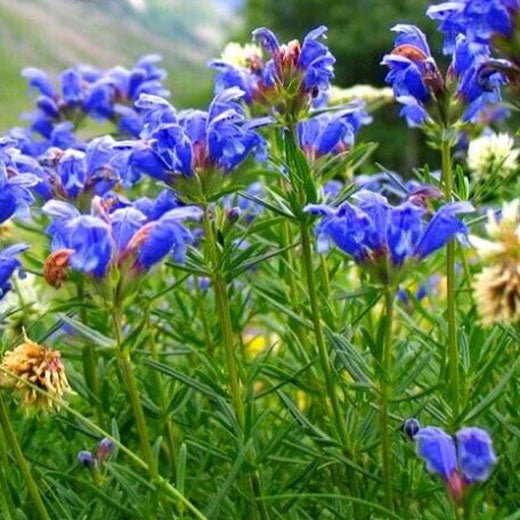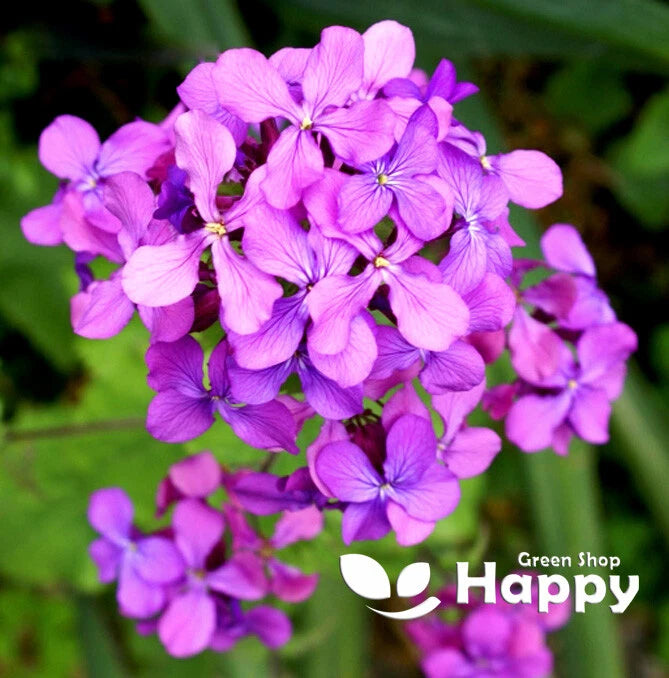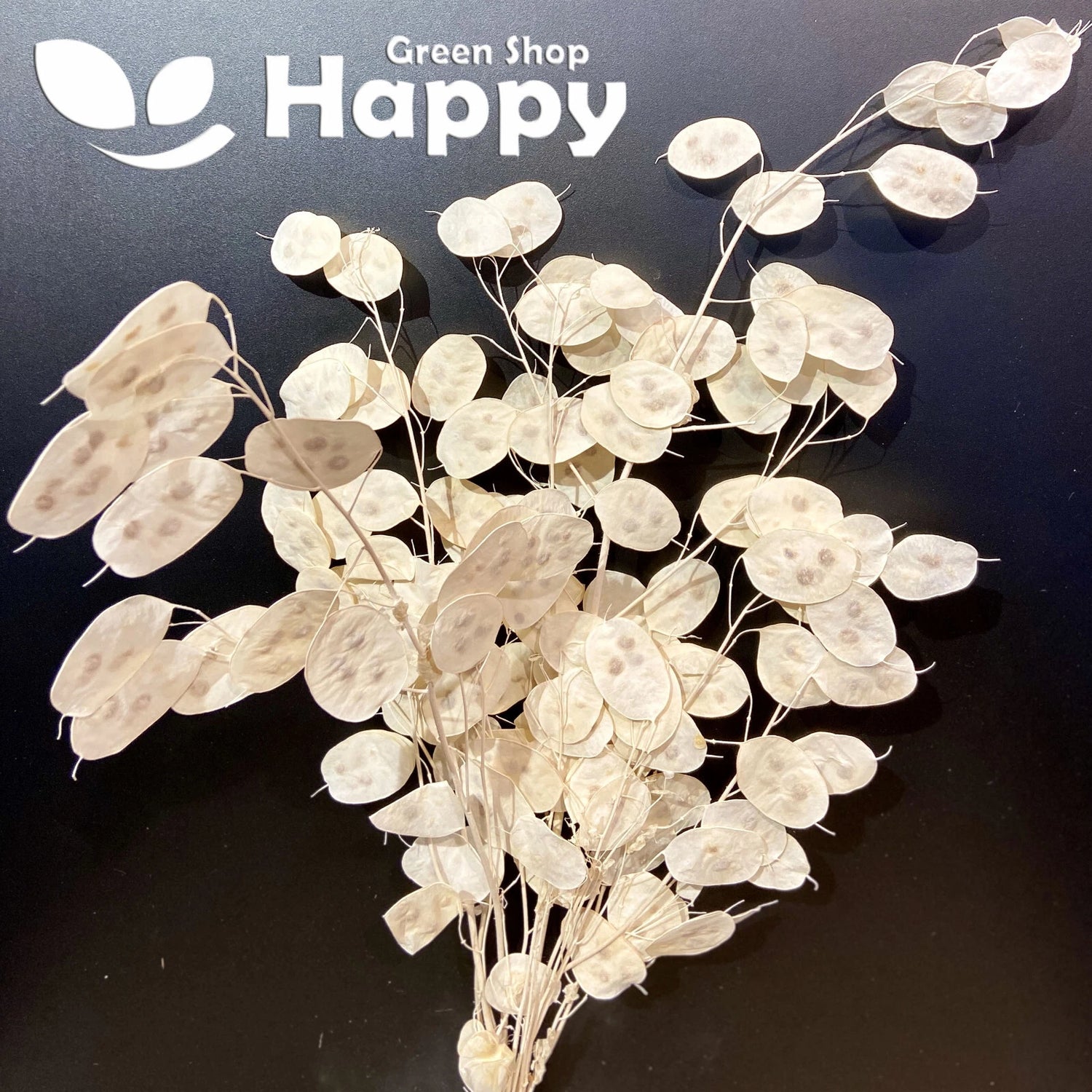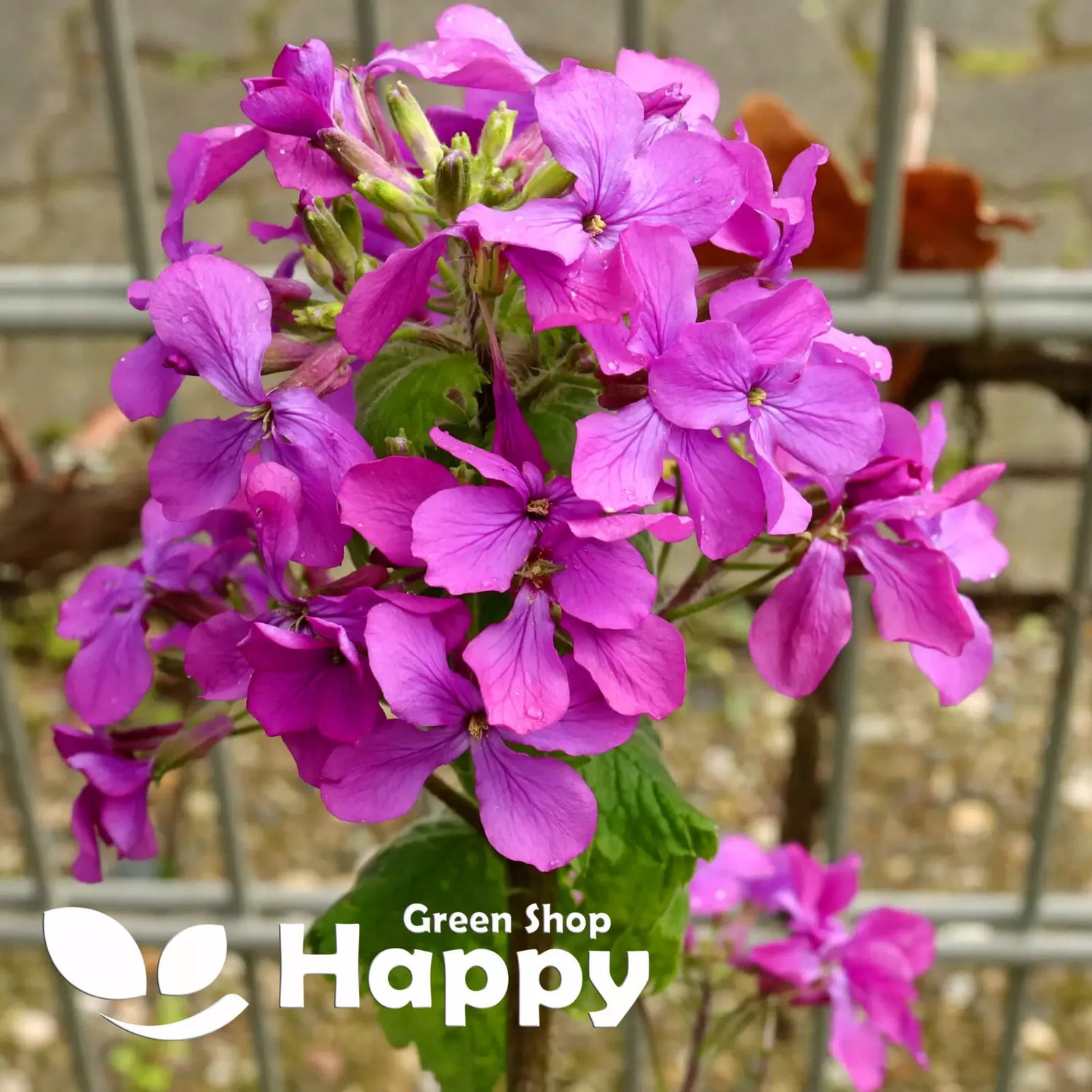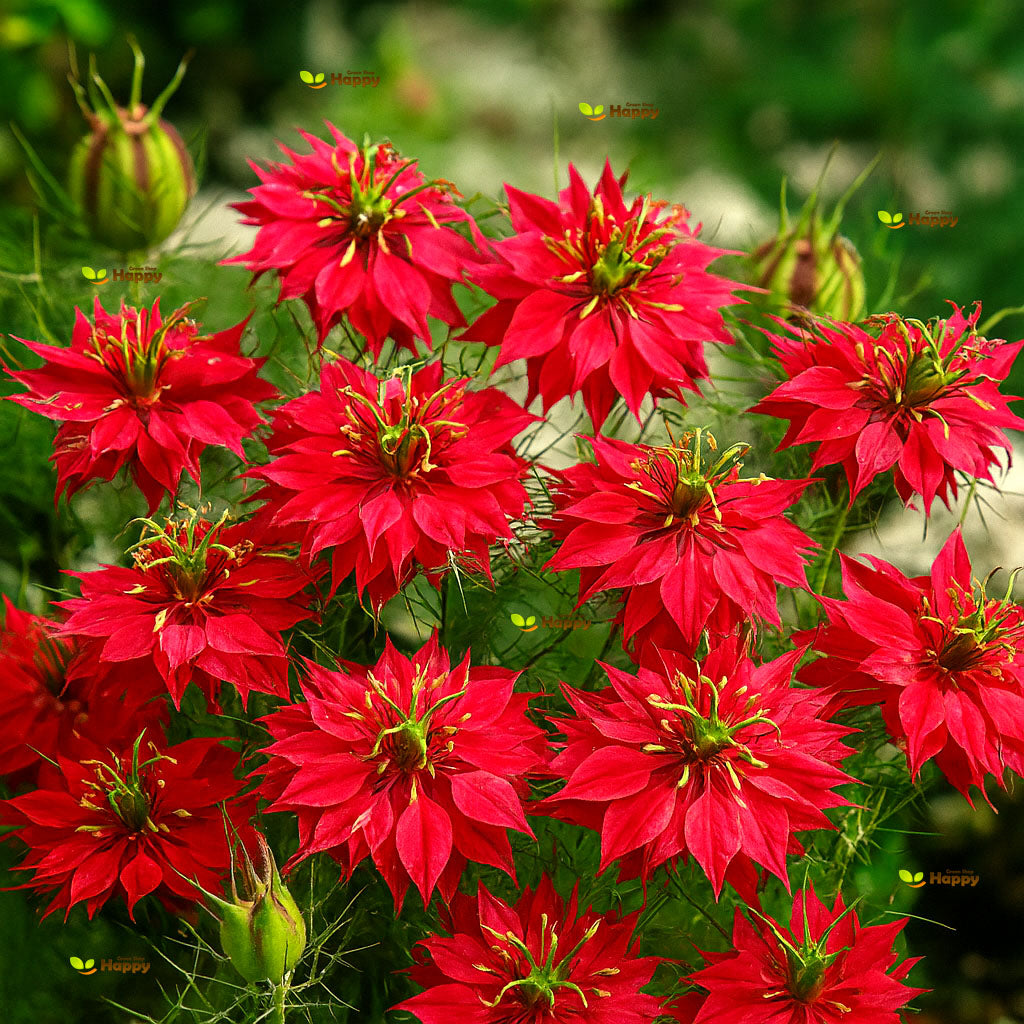Sort by:
180 products
180 products
Morning Glory ‘Chocolate’ – Seeds
(Ipomoea nil)
The Morning Glory ‘Chocolate’ is a rare and eye-catching climber with warm, cocoa-brown blossoms unlike any other variety. Its unique colouring ranges from rich chocolate tones to bronze and deep mauves, often accented by lighter throats. A vigorous annual climber, it quickly covers fences, trellises, or arches with dense green foliage and its striking blooms, which open in the morning and close by evening.
Key Features
-
Type: Annual climber
-
Height: 2–3 m
-
Spread: 30–40 cm
-
Flowering: July–October
-
Position: Full sun / partial shade
-
Soil: Fertile, well-drained
Ideal For
-
Adding an exotic, unusual colour to vertical displays
-
Covering trellises, fences, arches, and pergolas
-
Containers with climbing supports
-
Collectors of rare ornamental flowers
Sowing & Growing
-
Sow indoors: March–April in pots or trays
-
Sow outdoors: May–June after the last frost
-
Pre-treatment: Nick or soak seeds for 12–24 hours before sowing to speed germination
-
Germination: 7–14 days
-
Plant spacing: 30–40 cm
-
Provide strong support for climbing
-
Thrives best in full sun with shelter from strong winds
Morning Glory ‘Ruffle Red’ – 5 Seeds
(Ipomoea imperialis)
The Morning Glory ‘Ruffle Red’ is a stunning and unusual climber with rich, velvety red blooms and beautifully ruffled, frilled petals. This variety combines the classic vigour of Morning Glories with a more exotic flower form, making it a real highlight in the garden. Its lush heart-shaped foliage and continuous summer display make it ideal for covering fences, arches, pergolas, and trellises.
Key Features
-
Type: Annual climber
-
Height: 2–3 m
-
Spread: 30–40 cm
-
Flowering: July–October
-
Position: Full sun / partial shade
-
Soil: Fertile, well-drained
Ideal For
-
Adding a dramatic splash of red to vertical spaces
-
Fences, arches, trellises, and pergolas
-
Large containers with supports
-
Cottage gardens and exotic planting schemes
Sowing & Growing
-
Sow indoors: March–April in pots or trays
-
Sow outdoors: May–June, after the last frost
-
Pre-treatment: Nick or soak seeds 12–24 hours before sowing
-
Germination: 7–14 days
-
Plant spacing: 30–40 cm
-
Provide strong support for climbing stems
-
Deadhead to prolong flowering
Morning Glory ‘Ensign Red’ – Seeds (Convolvulus tricolor)
The Morning Glory ‘Ensign Red’ is a stunning dwarf variety of Convolvulus tricolor that produces bright crimson-red trumpet-shaped blooms with golden-yellow throats. Unlike climbing morning glories, this compact type forms neat, bushy plants that flower profusely throughout summer. Its vibrant, bold red flowers bring instant color to beds, borders, and containers.
What Makes It Special
-
Rare red-flowered dwarf morning glory
-
Non-climbing and compact, ideal for small spaces
-
Blooms heavily through summer with minimal care
-
Perfect for creating striking bedding displays
Key Features
-
Botanical name: Convolvulus tricolor
-
Variety: Morning Glory ‘Ensign Red’
-
Seed count: Approx. seeds per pack
-
Height/Spread: 20–30 cm tall, spreading 25 cm
-
Position: Full sun; prefers well-drained soil
-
Flowering period: Summer to early autumn
Ideal For
-
Bedding and border displays
-
Patio pots and window boxes
-
Rock gardens and sunny edges
-
Adding bold red accents to summer gardens
Sowing Instructions
-
When to sow: March–May indoors, or April–June outdoors after frost
-
How to sow:
-
Sow seeds 0.5 cm deep in trays or directly in garden soil
-
Keep soil moist until germination (7–14 days)
-
Needs warmth and sun to thrive
-
-
After germination:
-
Thin seedlings to 20–25 cm spacing
-
Pinch back young growth for bushier plants
-
Morning Glory ‘Ensign’ Mixed – Seeds (Convolvulus tricolor)
The Morning Glory ‘Ensign’ Mixed is a compact, dwarf variety of Convolvulus tricolor that produces a cheerful mix of blue, white, and pink trumpet-shaped blooms with bright yellow centers. Unlike climbing morning glories, this variety forms neat, bushy plants that are ideal for bedding, borders, and containers. Its vivid flowers open in the morning sun and provide an eye-catching display all summer long.
What Makes It Special
-
Compact, non-climbing morning glory variety
-
Striking tricolor blooms in blue, white, and pink with golden centers
-
Long-flowering, hardy, and easy to grow
-
Perfect for containers, borders, and mass planting
Key Features
-
Botanical name: Convolvulus tricolor
-
Variety: Morning Glory ‘Ensign’ Mixed
-
Seed count: Approx. seeds per pack
-
Height/Spread: 20–30 cm tall, spreading 25 cm
-
Position: Full sun; well-drained soil
-
Flowering period: Summer to early autumn
Ideal For
-
Bedding displays and borders
-
Patio containers and window boxes
-
Rock gardens and sunny spots
-
Seasonal pollinator-friendly gardens
Sowing Instructions
-
When to sow: March–May indoors, or April–June outdoors after frost
-
How to sow:
-
Sow seeds 0.5 cm deep in trays or directly into prepared soil
-
Keep soil lightly moist until germination (7–14 days)
-
Prefers warm, sunny conditions
-
-
After germination:
-
Thin seedlings to 20–25 cm apart
-
Pinch tips for bushier growth if desired
-
Moldavian Dragonhead – Seeds (Dracocephalum moldavica)
The Moldavian Dragonhead (Dracocephalum moldavica) is a fragrant annual herb admired for its violet-blue flowers and aromatic lemon-scented foliage. Highly attractive to bees and butterflies, it makes a charming addition to herb gardens, borders, and pollinator-friendly spaces. Its leaves are sometimes used for teas with a refreshing citrus flavor.
Why Grow Moldavian Dragonhead?
-
Violet-blue blooms with a pleasant lemon fragrance
-
Excellent for pollinators, especially bees
-
Easy to grow and low maintenance
-
Useful as an ornamental and herbal plant
Ideal For
-
Herb gardens
-
Pollinator-friendly plantings
-
Borders and cottage gardens
-
Aromatic tea lovers
Key Features
-
Type: Annual herb
-
Height: 40–60 cm
-
Spread: 20–30 cm
-
Flowering: June–August
-
Position: Full sun to partial shade
-
Soil: Light, well-drained
Sowing & Growing
-
Sow indoors: March–April, lightly cover seeds
-
Germination: 7–14 days at 18–22°C
-
Transplant outdoors: After frost risk has passed
-
Direct sow outdoors: April–May
-
Spacing: 25–30 cm apart
Tip: Regular deadheading encourages longer flowering and stronger aroma.
Meadow Sage – Seeds (Salvia pratensis)
Meadow Sage (Salvia pratensis) is a hardy perennial wildflower with elegant spikes of deep violet-blue blooms. Highly attractive to bees, butterflies, and other beneficial insects, it adds natural beauty and biodiversity to any garden. Long-flowering and low-maintenance, this sage is ideal for wild meadows, borders, and pollinator-friendly plantings.
Why Grow Meadow Sage?
-
Striking violet-blue flower spikes
-
Attracts bees, butterflies, and pollinators
-
Hardy, drought-tolerant perennial
-
Low-maintenance and long-lasting
Key Features
-
Type: Perennial
-
Height: 40–70 cm
-
Spread: 30–40 cm
-
Flowering: June–August
-
Position: Full sun
-
Soil: Well-drained, moderately fertile
Ideal For
-
Wildflower meadows
-
Pollinator-friendly gardens
-
Naturalized plantings
-
Sunny borders and cottage gardens
Sowing & Growing
-
Sow indoors: February–April in trays/pots
-
Germination: 14–21 days at 18–20°C
-
Transplant outdoors: After last frost
-
Direct sow outdoors: April–June or September
-
Spacing: 30–40 cm apart
Tip: Cutting back after flowering encourages a second flush of blooms.
Lunaria ‘Honesty’ Seeds (Lunaria annua)
Honesty (Lunaria annua) is a charming biennial, much loved for both its spring blossoms and its unique decorative seed pods. In early summer, it produces clusters of fragrant purple to violet blooms, which attract bees and butterflies. By late summer, these give way to striking, translucent, coin-like seed pods – often called “silver dollars” – perfect for drying and floral arrangements.
What Makes It Special
-
Dual beauty: colorful spring flowers followed by decorative seed pods
-
Easy to grow, low maintenance, and self-seeding
-
A traditional favorite for dried flower arrangements
-
Attracts pollinators in spring and summer
Key Features
-
Botanical name: Lunaria annua
-
Common names: Honesty, Silver Dollar Plant, Money Plant
-
Height/Spread: 60–90 cm tall, 30–45 cm spread
-
Position: Sun or part shade; moist, well-drained soil
-
Flowering period: April – June
-
Lifespan: Hardy biennial, often self-seeds for naturalized displays
Ideal For
-
Cottage gardens and traditional borders
-
Naturalizing in wildflower-style plantings
-
Pollinator-friendly gardens
-
Dried flower arrangements
Sowing Instructions
-
When to sow: April–June outdoors or late summer for the following year’s flowers.
-
How to sow:
-
Sow thinly in a seedbed, cover lightly with soil.
-
Thin or transplant seedlings to 30–40 cm spacing.
-
-
Care: Very low maintenance. Allow some seed pods to mature for self-seeding and future displays.
Love-in-a-Mist ‘Persian Jewels’ Red – Seeds (Nigella damascena)
Love-in-a-Mist ‘Persian Jewels’ Red (Nigella damascena) is a charming cottage garden annual with finely cut, ferny foliage and delicate star-shaped flowers in rich shades of ruby and crimson. Its ornamental seed pods add long-lasting interest, making it a favorite for both fresh and dried arrangements. Easy to grow and pollinator-friendly, it’s perfect for borders and wildflower-style plantings.
Why Grow "Persian Jewels Red"
-
Striking ruby-red starry blooms
-
Airy, ferny foliage for soft texture
-
Decorative seed pods for dried use
-
Easy to grow and pollinator-friendly
Key Features
-
Type: Hardy annual (Nigella damascena)
-
Height: 45–60 cm
-
Flowering: June–September
-
Position: Full sun
-
Uses: Borders, wildflower gardens, cut and dried flowers
Ideal For
-
Cottage and wildflower gardens
-
Fresh and dried floral arrangements
-
Pollinator-friendly planting
-
Naturalistic borders
Sowing & Growing
-
Sow outdoors: March–May or August–September for earlier blooms
-
Sow direct, thinly into prepared soil
-
Germination: 14–21 days
-
Thin seedlings to 20–25 cm apart
-
Prefers well-drained soil in full sun
Love-in-a-Mist 'Miss Jekyll' Double Mix Seeds (Nigella damascena)
Love-in-a-Mist 'Miss Jekyll' Double Mix is an elegant annual with double, papery blooms in shades of blue, white, and pink, surrounded by delicate feathery foliage. Its airy, cottage-garden charm makes it perfect for borders, containers, and cutting gardens. Loved for its intricate blooms and long flowering season, it adds whimsical beauty to any garden.
What Makes It Special
-
Double, papery blooms in a mix of blue, white, and pink
-
Delicate, feathery foliage creates an airy, cottage-garden effect
-
Long-flowering and easy to grow
-
Attracts pollinators and makes excellent cut flowers
Key Features
-
Botanical name: Nigella damascena
-
Variety: 'Miss Jekyll' Double Mix
-
Seed count: Approx. seeds per pack
-
Height/Spread: 30–40 cm tall, 15–20 cm spread
-
Position: Full sun; fertile, well-drained soil
-
Flowering period: June–September
Ideal For
-
Borders and cottage gardens
-
Containers and patio displays
-
Cutting gardens and floral arrangements
-
Pollinator-friendly gardens
Sowing Instructions
-
When to sow: March–May outdoors; February–April indoors
-
How to sow:
-
Sow seeds thinly on the surface of moist seed compost and press lightly; do not cover
-
Germination occurs in 10–14 days at 15–20°C
-
-
Transplanting: Thin seedlings to 15–20 cm apart after germination
-
Care: Water moderately; deadhead for prolonged flowering
Showing 90/180




